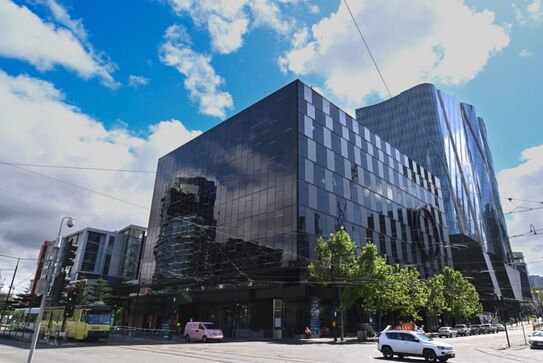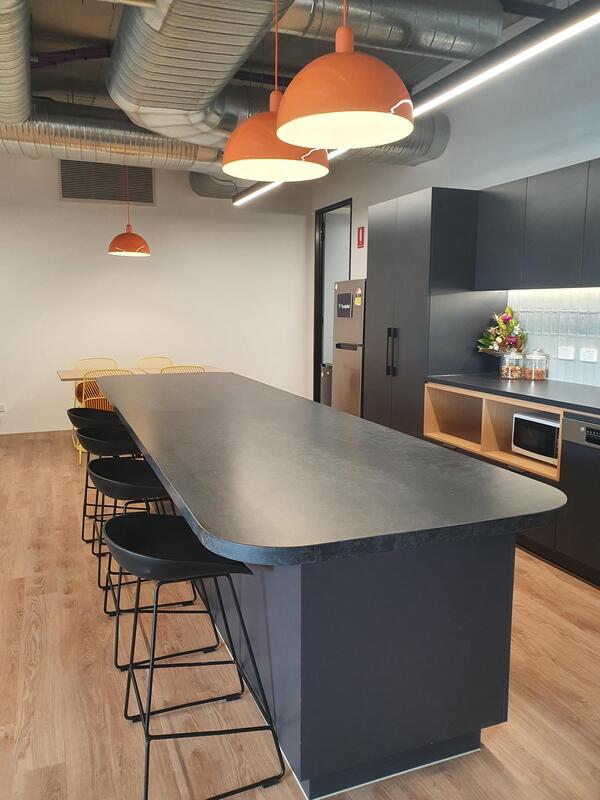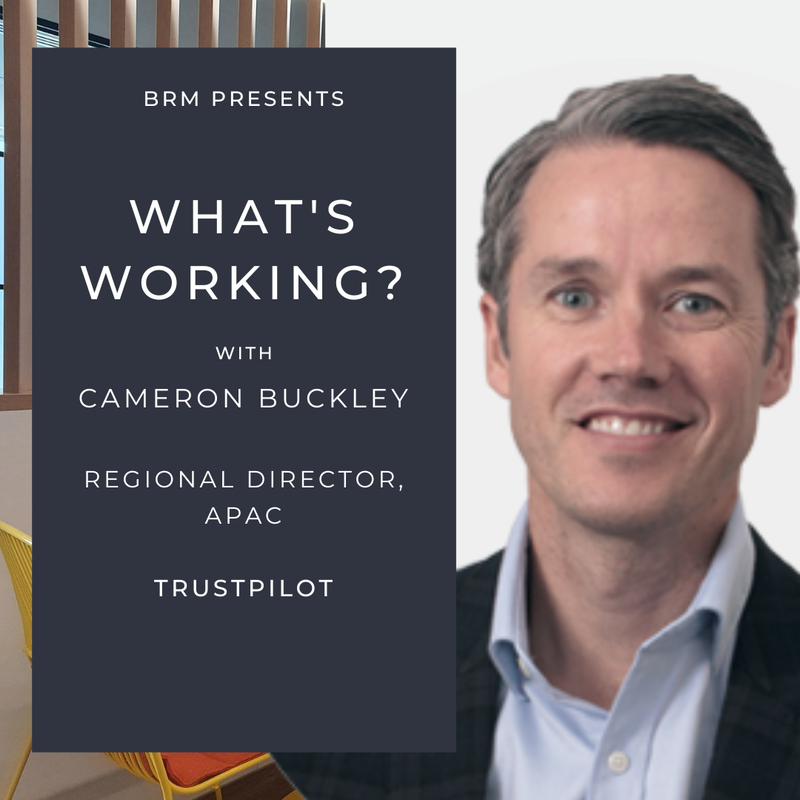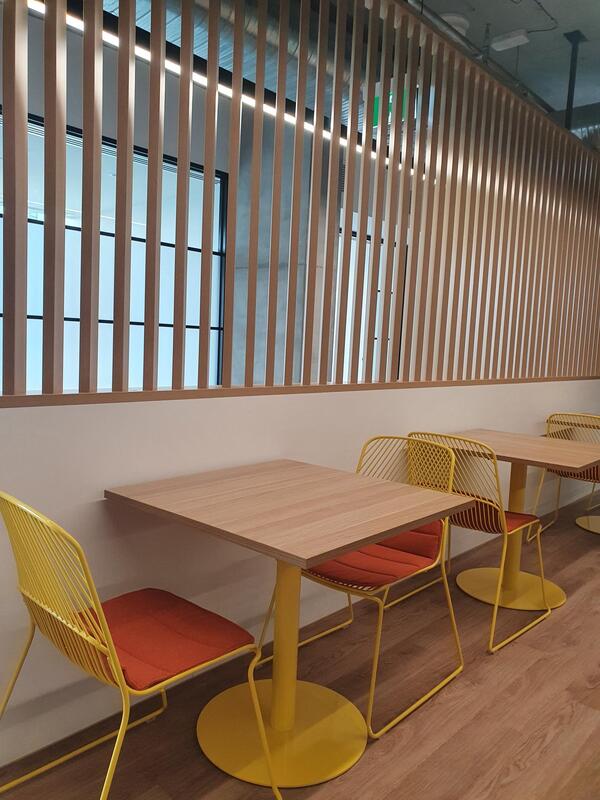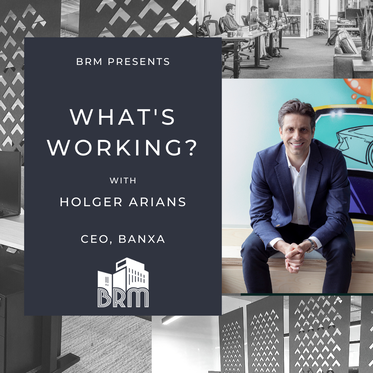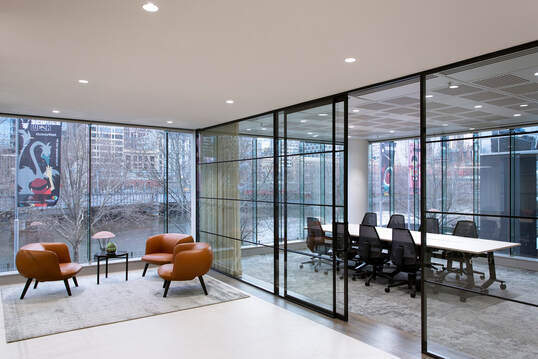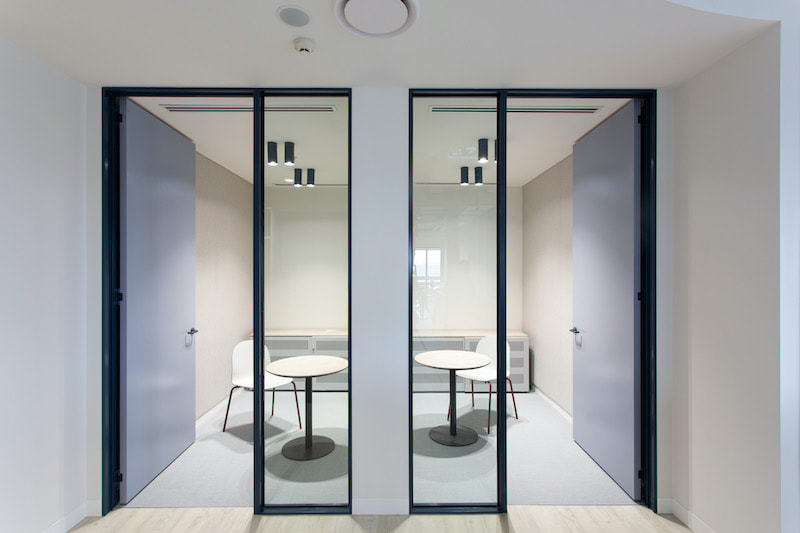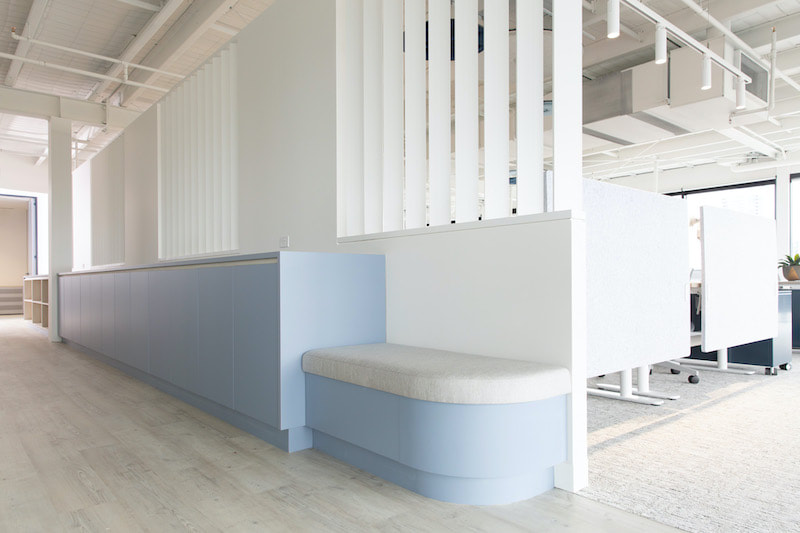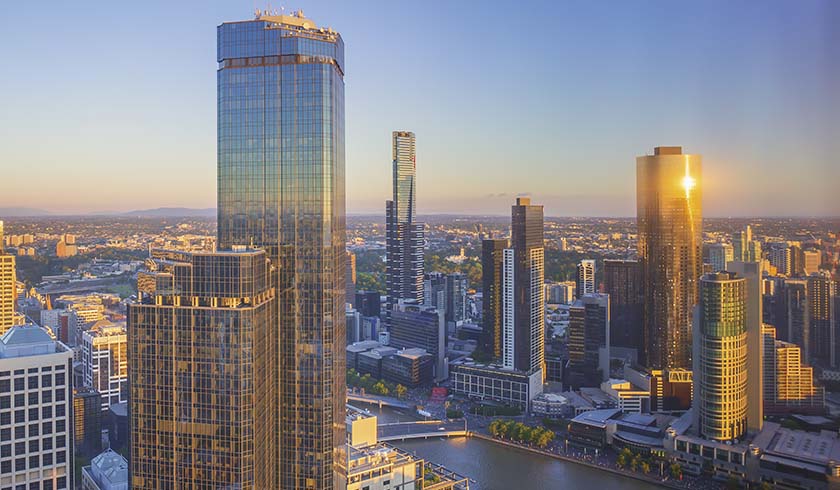|
Cat doctor, Dr Richard Gowan, together with his partner Dr Amy Lingard, operate The Cat Clinic, a busy vet hospital that caters exclusively for cats.
As the cat clinic rapidly grew out of its compact and bustling space in Prahran, it engaged BRM to solve what was to become a long and complex property puzzle. We talked with Richard about his experience and the challenges and opportunities that this project presented for himself, his staff and of course, his furry clientele. Having worked on 2 previous projects for Skills Insight (formerly Skills Impact), BRM was happy to jump on board once again to help guide them through their next big property project.
Trustpilot, a multinational consumer reviews platform , was recently listed on the ASX and is experiencing a period of significant growth. Regional Director, Cameron Buckley engaged BRM to help with finding a property and delivering a fitout that would establish Trustpilot as an employer of choice.
After an extensive property search led by BRM in Melbourne's tech hub of Cremorne, Trustpilot settled on 3 Newton Street - a building well known to BRM. We have previously delivered projects for other clients here so we had a well established working relationship with the landlord, knew the metrics for the negotiation and were aware of the engineering services and requirements of the building. This, along with smooth collaboration with both local and overseas management led to yet another successful project. Below, we speak to Cameron about his experience with BRM and the new space. This week we sat down with Holger Arians, CEO of Banxa. This Australian-founded company has created a payment services platform for cryptocurrencies and is experiencing significant growth within an industry that is itself growing rapidly.
In searching for a new workplace to accommodate this growth, the company was clear in its intention to stay in Cremorne where like-minded businesses within the industry could be close by. BRM has been involved from the early stages of the project, from search and property strategy, to the design of the new premises, handover of the old premises and relocation. This end to end service was delivered within a tight timeframe, against the backdrop of lockdowns and COVID. Our Q&A with Holger Arians offers a glimpse into the experience and what it was like to deliver a project of this nature against the backdrop of a global pandemic. The commercial real estate industry has emerged from the past two years having learned some valuable lessons. One such lesson is the need for open and trusting relationships between landlords and tenants. Landlords were forced to listen to their tenants throughout lockdowns and this has continued into 2022, where tenants’ needs are shaping new trends in the commercial property market.
BRM has helped our clients through some difficult dilemmas and tough decisions regarding their office space. From early on in the pandemic, right through to opening up and returning to work, we have observed, surveyed and listened to the needs of these tenants, what they expect from their buildings, their space and their landlords. This is what they want from their offices in 2022: They’re just snapshots for now, but we thought we’d share some progress updates of three exciting projects that we’ll be delivering this year.
Each project is at a different stage of delivery and each design brief has a different purpose. So how does the Design Team stay on top of all three? With the support of our Property Team, BRM’s designers transition back and forth between jobs, lending their skills to multiple facets of each project, all the while ensuring that things are running smoothly, to budget and on time. The week is broken down into various elements of a project, from design and documentation, to site visits and liaising with suppliers and the client. Here is a glimpse of how we work: Last week BRM’s design team presented to three different clients on their upcoming projects in 2022:
1. An accounting firm creating a new home that personifies its brand and values and will welcome clients and staff back to the city. 2. A tech company in Cremorne looking to support substantial growth in a booming sector. 3. Assisting Yoo Rrook Justice Commission to create a base that reflects their community and creates a safe space for exploration of the past. Despite the varying needs of each client, the BRM design process remains the same across all projects. As a team our priority is to help our clients realise their ideas through a collaborative journey. We listen to our client and try to understand their strategic goals. We then consider the limitations, costs and opportunities within the existing building to allow us to create a space that articulates the needs of the business and reflects the changes it will go through. Optalert At 3 Newton St: The Successful Delivery Of A Project Through The Challenges Of COVID5/12/2021
This month we’re featuring our latest Property and Design project for Optalert – a project like no other we’ve ever delivered!
Innovative medtech company Optalert has partnered with BRM Projects as its trusted property and design consultants for the past ten to fifteen years. Over the long course of Optalert’s rise from tech startup to globally recognised brand, BRM has delivered three search, fitout and relocation projects across multiple CEOs and Executive teams. Despite our thorough understanding of Optalert’s evolving workplace needs and the longevity of our relationship , we had never faced challenges like those of the past year. Still, BRM managed to overcome this tumultuous period and successfully deliver Optalert’s new workplace. BRM was founded in Cremorne and has been providing property advice in the Cremorne area for almost two decades. This month BRM are proud to be delivering our latest project for one of the area’s most interesting commercial tenants.
Banxa is responsible for creating a ground-breaking payment services platform for cryptocurrencies. Within an industry that is experiencing its own hyper growth, Banxa is one of the fastest growing players. When the time came to relocate to an office that would accommodate this growth, Banxa engaged BRM to conduct an initial property search. With its previous headquarters based in Cremorne, Banxa chose to stay in the area so they could benefit from like-minded businesses and potentially move closer to those in the cryptocurrency industry. BRM has been involved from the early stages of the project, from search and property strategy, to the design of the new premises, handover of the old premises and relocation. This end to end service is being delivered within a tight timeframe, against the backdrop of lockdowns. Despite the challenges of 2021, our Property and Design teams have fervently delivered each stage of the project to see the client move into its new home on Level 2 at 2-6 Gwynne St, Cremorne. This is an exciting time for the Cryptocurrency industry and this particular address which, with a growing number of tenants like Banxa, is repositioning itself as an industry-specific building. We haven’t yet seen the full impact of the pandemic on the CBD office market. Companies are still adjusting to the new working landscape and leases are measured in years, with 3-6 years plus options and fitout investment to consider. However findings due to be released by Infrastructure Australia in December will show a 10% reduction in CBD workspace demand. This reduction is largely a response to the pandemic and the changes it has triggered within the workplace. Such changes include the shift to Working From Home, a new attitude to office space and issues around health and safety.
The release of the IA’s findings will likely coincide with the middle and end of many commercial leases and more tenants will begin to question the CBD office model. As tenants start to reduce their footprint, there will be a cumulative effect resulting in far less office demand in the CBD. But does this mean your company should leave? Before you pack up to relocate elsewhere, there’s a few things you may want to consider: |
Sign Up To Our NewsletterArchives
September 2023
Categories
All
|
BRM |
QUICK LINKS
|

 RSS Feed
RSS Feed

